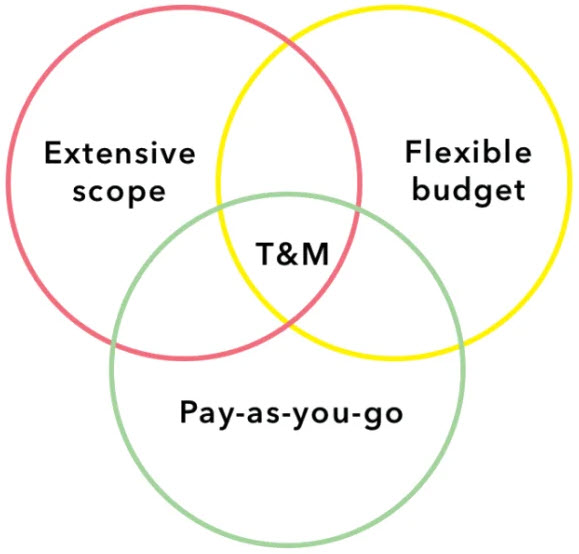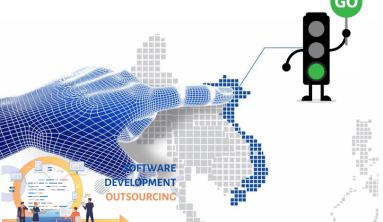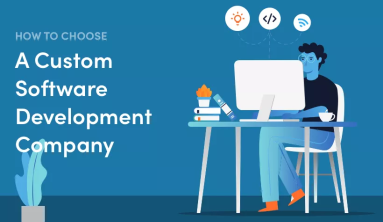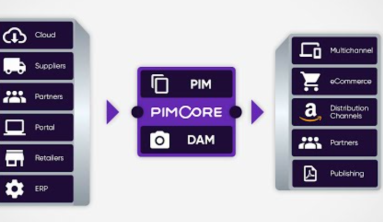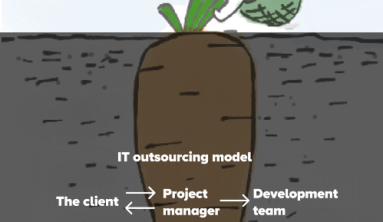What is Time and Material Contract (T&M)?
The time and material software development pricing model is an appropriate solution for those who do not have clear-cut software development requirements. In this case, clients expect hourly or monthly rates from the software outsourcing house instead of fixed estimates. The software development time and prices are not clear.
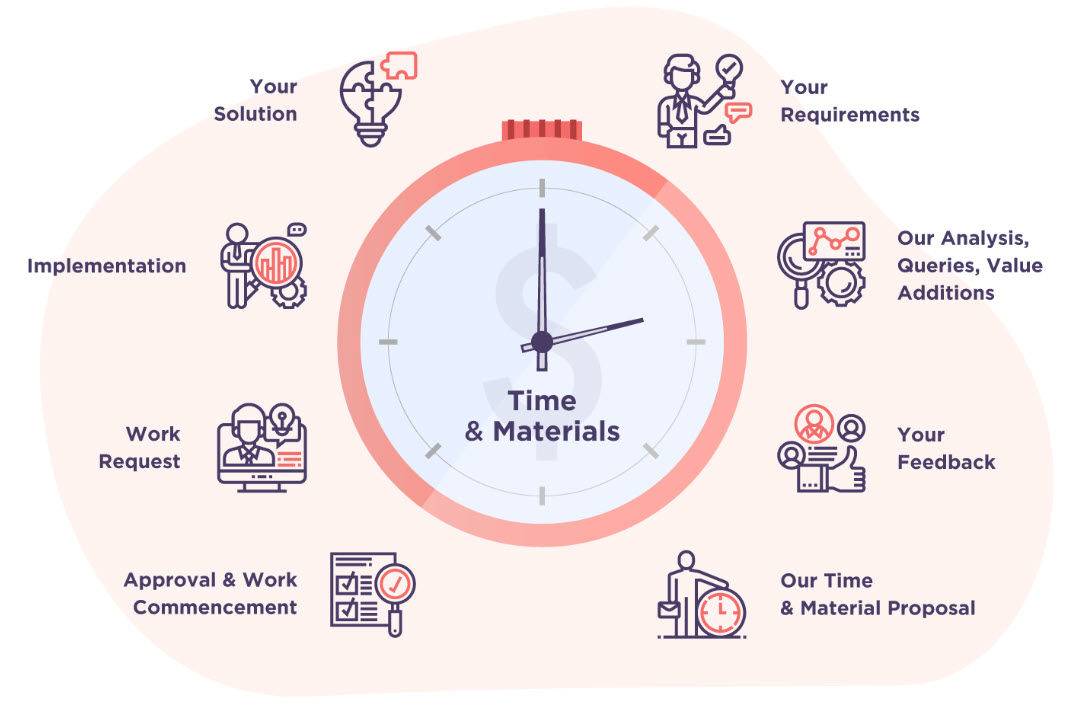
When to use T&M contract?
- It is suitable for long-term projects asking for dynamic needs.
- The scope of work and durations are unable to be determined.
- T&M contract is flexible, which is easier to vary the workloads and modify the scope.
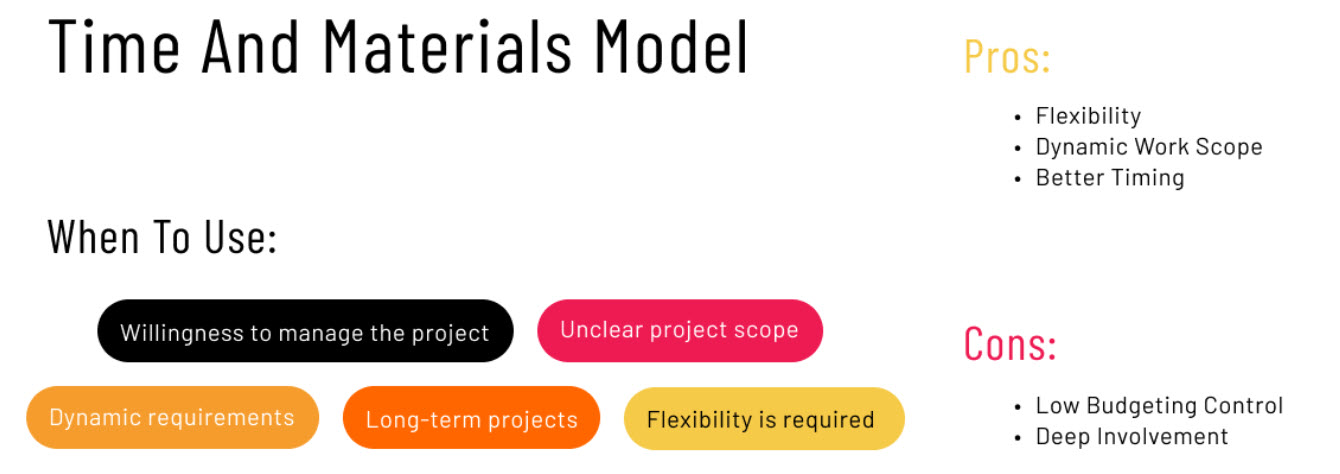
Advantages of the T&M pricing model
- High Flexibility: Flexible and negotiable budget with no risks for both sides,
- Fast Start – Fast Response: T&M contract doesn’t require meticulous planning. Changers are made during product development to respond quickly to market demands.
- Embrace Changes: Opportunity to change requests during the development process,
- Better Control: You have more direct control over the software development process,
- Transparency: Opportunity to pay for only the performed work through tracking systems,
- The pre-cooperation process takes less time because there are no specific and tight requirements that should be discussed in detail,
- Your project may be connected with evolving markets, new technologies, and untested facilities.
When is it beneficial to choose the T&M model?
- Large-scale projects that require lots of time for implementation and constant testing, benefit from the T&M software development pricing model. There is more chance of missing tiny details during large-scale projects, especially if there are no concrete requests. Thus, turning to a T&M software development method is a win-win solution for both parties. This model is flexible enough for the developers to make the required changes in the project at certain stages of the software development process.
- Complex projects challenge both clients and software development firms to file up complete specification documents, technical documents, or SOW documents. Thus it is natural that the opportunity to make some changes, exclude or include additional and unnecessary features is a win-win approach for both parties.
Disadvantages of the T&M pricing model
- As there are no fixed requests, the software vendor’s management team will work hard to get the project in motion. Unlike the fixed price model, this will consume more substantial hours of effort.
- In a T&M contract, the owner can define the maximum price before starting the actual software development. Thus, there is a risk of leaving the project incomplete, if the contractor fails to finish the project within the budget frames. Here it is critical to find a trusted software development company. However, most of the time T&M contracts are filed up in a way that the risk of cost overrun without legitimate change orders is on the contractor.
- There are vague time frames and unclear time limits during the T&M model because of undefined final goals.
- If you do not want to be actively included in the SDLC, the time and material model is not the best solution. This model requires constant back and forth communication with software developers to clarify tasks and requirements. The owner should gain some remote communication and project management skills. For example, basic skills working with Trello, Jira, Asana, Slack, and likewise project management platforms.
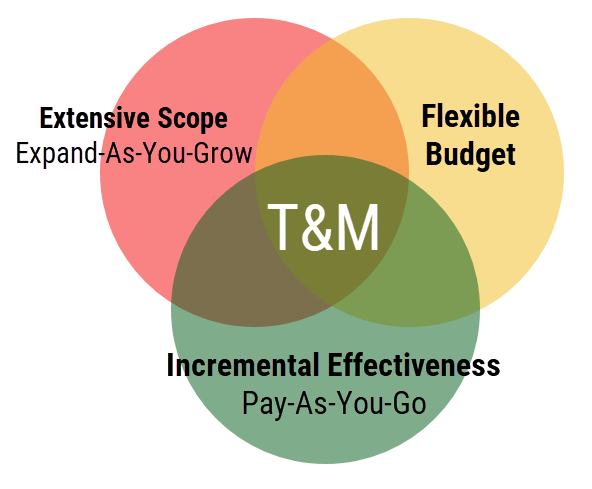
Frequently Asked Questions
What is a time and materials contract?
Time & Material model means payment for the result based on labor costs. The customer pays not for the amount of work, but for the man-hours spent by the contractor's team to develop software and push it to the market.
How do time and materials contracts work?
Step 1. Each part of functionality estimated separately
Step 2. Development team set the number of hours required for the functionality
Step 3. Based on defined hours, the total budget is drawn up
Step 4. Development team develops functionality
Step 5. Client approves the work and pays for it
What is the risk of time and materials contract?
There are a few cons of time and materials contract:
- Involvement. The Time and Materials project needs a bit more attention from the client than any other pricing model.
- Budget. Clients bear financial risks in case they initially skimp on the number or qualification of developers.
- Bad contractor. There is always a risk to deal with a crooked outsourcing company that will overcharge expenses on-purpose. There is only one solution - to be careful when choosing among the candidates and when splitting a project into stages.
Who generally bears the risk in a time and materials contract?
In a time and materials contract, the buyer has to pay the seller for all time and materials, and often it involves an incomplete scope definition. Therefore, the buyer is the one most at risk.
